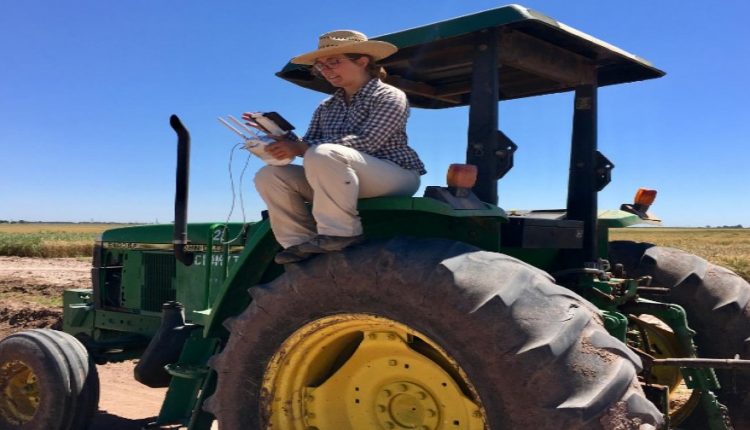
Seed yield is determined by genetics but highly influenced by environmental conditions. It consists of three main components: plants per hectare, seeds per plant, and 1000 seed weight. A self-pollinating crop whose grain can be used as seed means wheat farmers often replant their own seed. It is, therefore, expected that in the future the large majority of resource-poor, small-scale farmers in many developing countries will have to rely on seed saved from the previous harvest.
Breeding programs for crops with limited per-plant seed yield require one or more generations of seed increase to generate sufficient quantities for sowing replicated yield trials. The ability to accurately discard low potential lines at these early stages may reduce spending on costly yield testing.
Breeders typically rely on visual selection at these stages because extensive measurement of plant traits is difficult due to the large number of lines under evaluation. However, recent advances in remote sensing have made high-throughput data collection increasingly feasible.
Authors of a recent Crop Science article leveraged unmanned aerial vehicles (UAVs) to record the normalized difference vegetation index (NDVI), a measure of plant health, at the seed increase stage of the International Maize and Wheat Improvement Center’s (CIMMYT) wheat breeding program. NDVI measurements were heritable and moderately correlated with grain yield, and results showed that selection based on NDVI would have outperformed visual selection.
Harnessing UAV-collected traits to inform selection at the early stages may improve resource-use efficiency in breeding programs and/or increase rates of genetic gain. As remote sensing technologies become increasingly automated and scalable, breeders will have access to comprehensive suites of traits with which to develop integrative selection strategies.
Source: American Society of Agronomy
